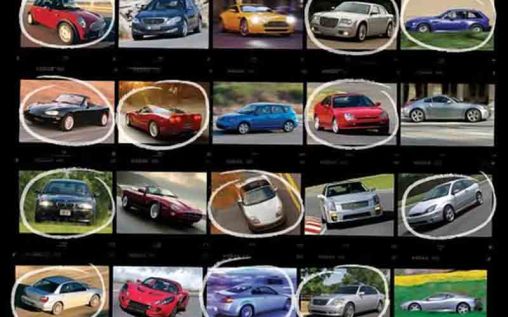Tips for Checking Out a Used Car Before Buying It
Posted by admin at 11 March 2014, at 16 : 45 PM

Purchasing a used car is not the easiest task to accomplish, and sometimes it can be pretty confusing. The daunting experience is connected with the huge number of factors you should consider, especially if you are a newbie in the used cars market. Beside any other factors you should remember about the need of physical check of a used car before you make a decision. Here are some tips for you to follow while examining a used car before buying. Make sure you check everything, and pay your money for the car that is worth the price.
1. Before starting the examination, make sure the car is standing on the level ground – this will let you check the tires and other parts of the car correctly.
2. Look well at the paint job of the car, notice any rusty spots, scratches or dents. Examine the sides of the car from end-on and see if there is any waviness – these may indicate paint work. Roughness on the edges between the panels is usually the leftover from the masking paint used while painting.
3. The trunk of the car should be in good condition, having no rusty spots or cracks and holes. If the car trunk is looking wear inside, it shows the real usage of the car and the age of it.
4. As well as the trunk, check under the hood of the car for any dents, rust or any other damages – these usually indicate the poor care taken of the car or that there were some accidents. Each fender should have the identification number on the inside, where the hood is joining. If the number is missing, it means the fender was replaced.
5. Check all the details and parts of the car (seats, upholstery, hoes, belts and others) and see if there are no cracks, rips or stains.
6. Look at the odometer of the car for mileage, as it indicates the age of the car. Normally, the ordinary driver drives between 10,000 and 15,000 miles a year, but these numbers depend on numerous factors. Mainly you should mind both the age of the car and mileage, and getting 5 years old car with little mileage sometimes is not the best idea.
7. Test-drive of the car before buying is probably the best way to check its condition. Thus ask for the test-drive from the owner and feel the car before you make your decision.
8. The service history of the car gives you the main information about the problems and repairs of this very vehicle. Normally the owner should be willing to show you the record of maintenance of the car, but still some may not have it if they’ve maintained it by themselves at home. In such case you should be sure that they did it properly. Sometimes people sell their car because they’ve failed to maintain it properly.
9. Don’t forget to check out the brakes – this may literally save your life some time. Try going about 30 mph without the traffic, and press the pedal hard enough to decelerate rapidly but not to slide. There should be no vibration, squealing or strange noises. Any of these may indicate the need of replacing the details or elements, and ignoring the problem can endanger your life.
10. The engine shouldn’t be leaking, or having any corrosion. Any dark oily stains on it will mean there is a leak in the gasket, which later will need an expensive repair. The brake fluid shouldn’t be leaking as well, and the belts should have no signs of drying and cracks.
11. The tires of the car should match and be worn evenly. The surface of tires shouldn’t have any feathering, as well as the spare tire.
12. If the frame of the car is damaged, never purchase it. Look at the fenders and the bolt head on it to see any signs of replacement or damage.
Extra Tips
• Buying a car from your choice service center is the best way to ensure long term satisfaction. If buying from a dealer with no service center have the car checked out by your mechanic!
• Use an independent source to determine the wholesale and retail values of your target vehicle. Is the sellers’ price very similar, or is there an unexplained difference in price?
• Bring a magnet to detect any body work that might be repaired with plastic body filler or fiberglass resin.


